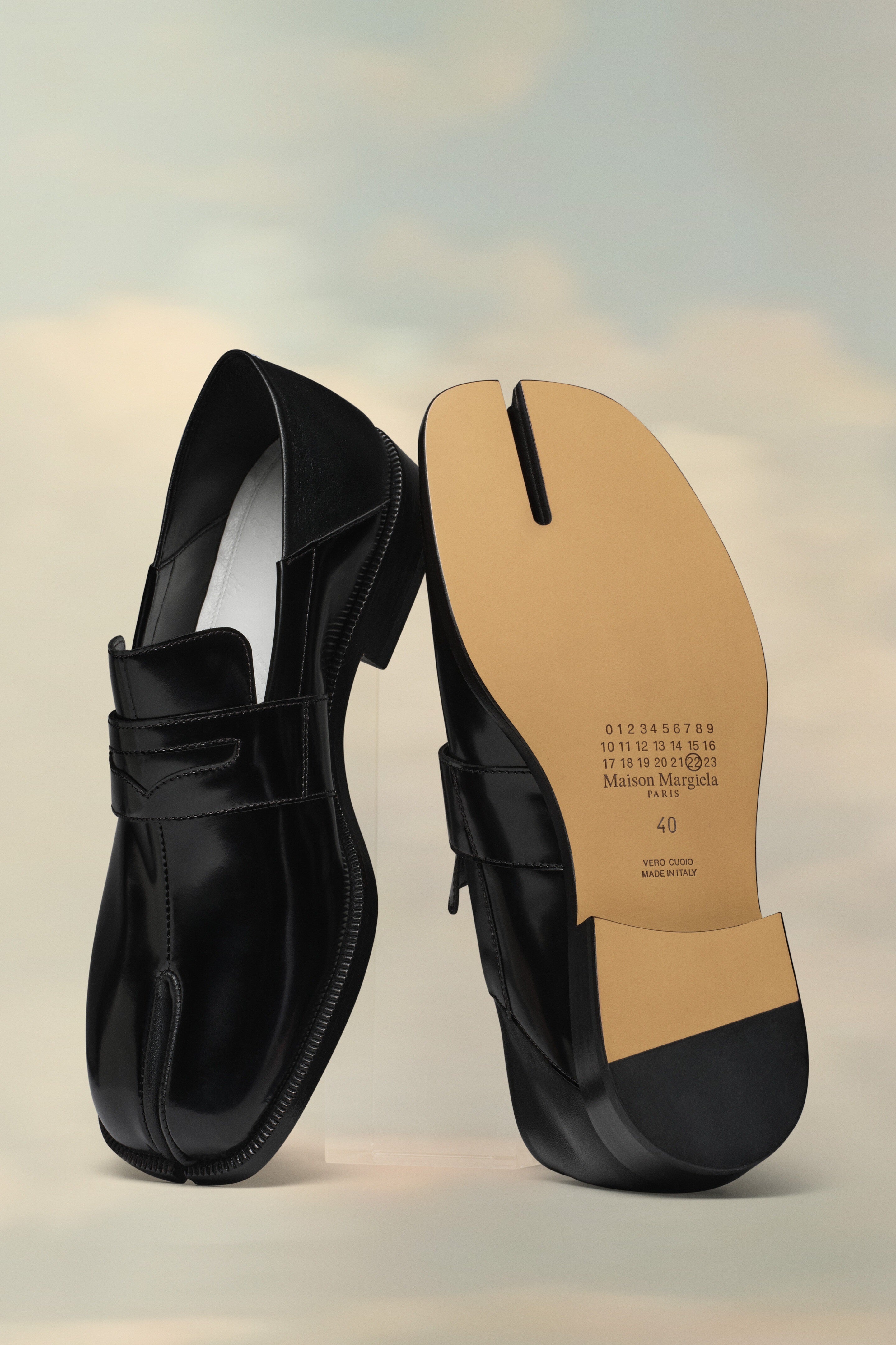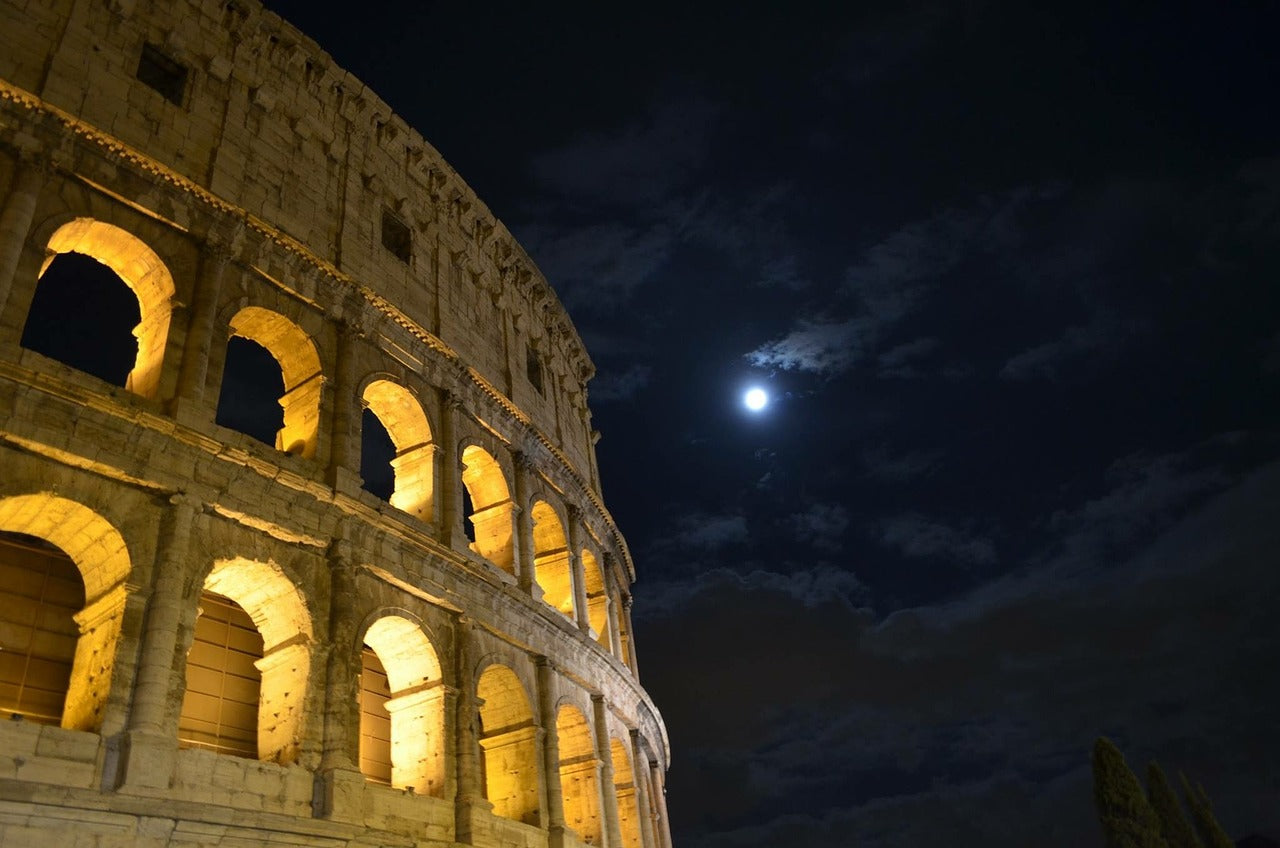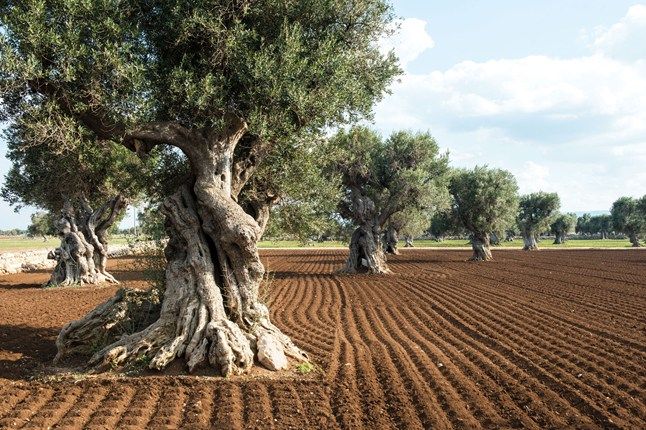
Traditional Japanese Design: Functionality to Fashion
Japanese footwear is recognized for its role in influencing fashion trends in the footwear market, but the foundation of its success is instead based upon a long history of culture. The roots of Japanese footwear are largely focused on attention to detail, quality, and functionality. Over time, these long standing models are still being worn today, and have transformed into fashion pieces which reflect status and style.
Many years ago, traditional Japanese shoes were made of natural materials including wood and woven straw. Today, the same models of shoes contain these materials, representing a preservation of culture and the embodiment of nature, but have also been transformed by new patterns and colors using synthetic materials. They have become a modern reflection of personal style.
Some of the most abstract forms of Japanese footwear have been introduced globally. Seishou, for example, uses quality leather and its designer Yuko Matsuzaki pays close attention to detail and functionality. In addition, Maison Margiela has launched a shoe line which is inspired by the “Jika-Tabi” shoe. This is most noticeable because it is a Parisian footwear brand that was founded by a Belgian designer, proving the global influence that traditional Japanese footwear has on all parts of the world. Traditional Japanese shoes are now being made with synthetic materials, while also maintaining and paying tribute to nature. Some shoes contain abstract patterns and bright colors, making them fashionable and modern, But traditional Japanese jika-tabi shoes were quite the contrary.

Jika-tabi (Maison Margiela)

Jika-tabi (KCP Japanese Language School)
These shoes were originally used by employees who worked in construction, agriculture, and also used by manual craft workers. The sole of these shoes are made from rubber or synthetic materials, which provides protection from harsh materials on the ground, and anti-slip traction. One of the most prominent functional features of jika-tabi shoes are the metal clasps that are located on the sides of the shoes. These metal clasps add stability and fasten the shoe to guarantee that it won't slip off.
While its functional attributes are valuable when using the jika-tabi shoe for outdoor labor, jika-tabi shoes have become fashionable instead. Now, they are an outlet for fashion and are being worn during special occasions, martial arts training, and during festivals. What was once a strictly functional and natural shoe, has become modernized with various materials and colors. Not only has the stylistic identity of jika-tabi shoes transformed within Japanese culture, but it has also influenced the global footwear industry.

Surippa (OMOTENASHI Selection)
Other traditional Japanese shoes that have been emerging in the fashion industry are a model of shoes called “Surippa”. Surippa shoes are slippers that are made to be worn indoors. These shoes keep feet protected, while respecting the tradition of taking off shoes when entering a home, called "surippu o nuguu". The materials consist of cloth or woven straw, which ensure comfort and flexibility. The purpose of these shoes, however, has evolved. They are worn in various colors in communal spaces such as ryokan inns, hot springs, and temples. They are functional for their wide toe area, which makes them easy to slip on and off.


Surippa (Left: Birkenstocks /Right: MTDBAOD)
While these types of shoes still maintain their purpose, the addition of different synthetic materials, patterns, and vibrant colors have given these shoes a second purpose: self expression and style. Some examples of modern footwear that has been influenced by this japanese shoe is birkenstocks, and the American trend of household slippers with various colors and designs. These slippers contain the same functionality, but are instead recognized for its fashionable colors, materials, and stylistic identity.



